By concisely summarizing vital learning-science principles, learning technology expert Clark Quinn provides a guide for instructional design strategies. With a basis on insights into known and effective design research and practices, this guide is ideal for new – and perhaps intermediate-level – instructional designers. Quinn takes care to provide examples of both effective (and less effective) instructional designs. He provides detailed guidelines on how to separate hype and myth from valid, evidence-based learning science. Quinn advocates for instructional design practices that emphasize learning by doing.
“Learning science” explores research and evidence into what helps and what hurts learning.
Learning science owes its origins to psychologist Hermann Ebbinghaus’s exploration of memory in the 1800s. His forgetting curve explained the speed at which memory deteriorates. In the decades that followed, various theories of learning emerged, including the “constructivist” view that learning comes from experience and doing. These discoveries and other research matter in learning – just as they do in medicine and other serious fields. Instructors should keep pace with learning research to apply the most rigorous findings in their teaching, and to help them avoid fads, hype and myths.
As an instructor, you should set a high standard for the research and evidence you incorporate into your work. Beware of meaningless catchphrases like “neurolearning” or “brain-based learning.” Rely on peer-reviewed and replicated research wherever possible. Follow reputable thought leaders who translate academic jargon into insights that practitioners can apply.
Learning happens when neurons fire together and then wire together.
Human brains contain...










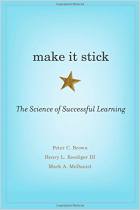
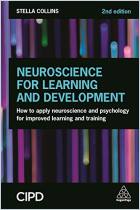
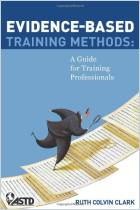
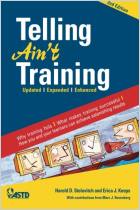
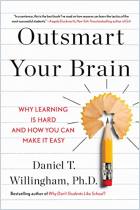
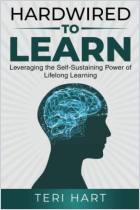








Comment on this summary or 开始讨论